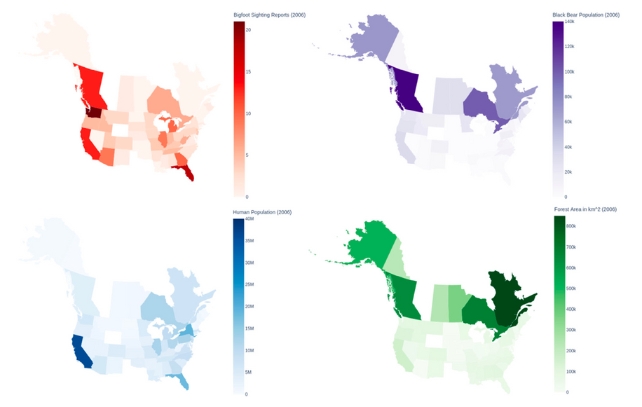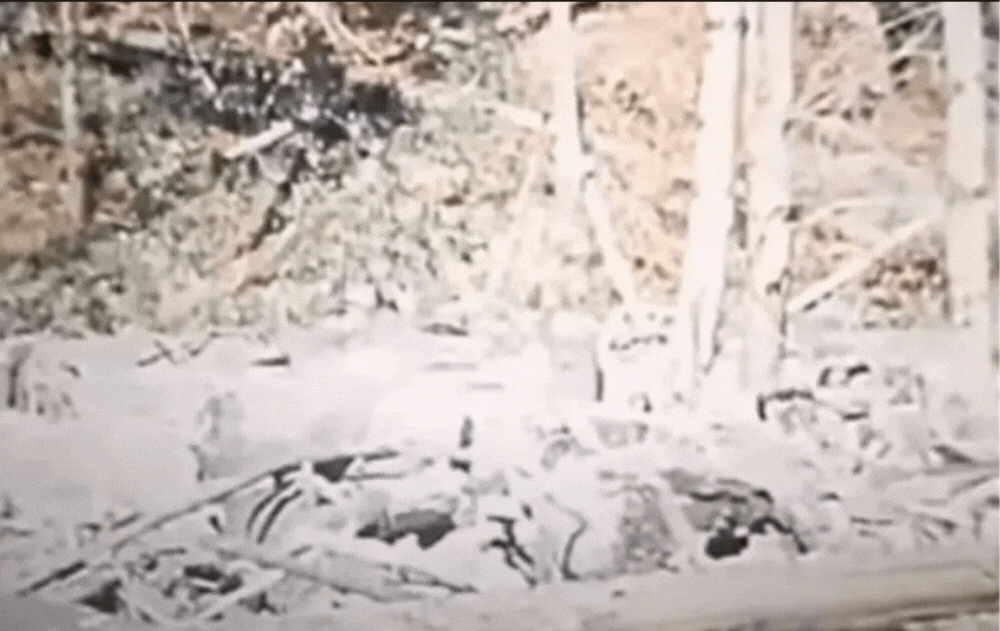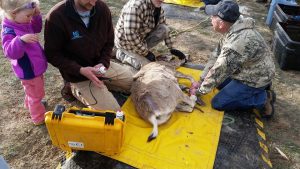In a world filled with rabbit holes that I am ready and willing to throw myself into, few are as attractive to me as accounts of folks traipsing around the woods in search of a mythical seven-foot, hair-covered, bi-pedal creature.
Affectionately known as Bigfoot, I, like many others, was obsessed when I was a child. In an era when grainy photographs were enough to get my motor running, the idea of sharing the woods with a not-yet-documented species that just so happened to resemble a gigantic man-ape was something that piqued my seven-year-old curiosity.
As I’ve grown older (and quite possibly wiser), the idea of such a creature roaming the woods while avoiding all methods of modern detection has become preposterous. With tools at our disposal such as drones, trail cameras and cell phones paired with throngs of hunters, hikers, campers, skiers, anglers and general outdoor enthusiasts, it gets even harder to imagine the infamous sasquatch has managed to evade us this long.
With the ability to uncover a dick bone from a dinosaur in the middle of the desert, it’s incredibly hard to believe that not a shed hunter on the planet has come across a bone from a deceased Sasquatch. Let alone any other shred of substantial proof of its existence.
But here I am, once again, entangled in yet another Bigfoot study. This time, the rabbit hole I happened to have fallen in is a digital one and is presented in all of its color-coded beauty.
And we all know how that goes.
In a recent study, a data scientist from the Folk Zoological Society in Pittsburgh took it upon himself to look a little closer at the available Bigfoot data and cross-reference it with another more familiar and previously discovered animal species. Using data from the Bigfoot Mapping Project (yes, it’s real and it’s spectacular), data scientist Floe Foxon used a model that analyzed Bigfoot sightings and bear populations in each state or province all while adjusting for human populations and forested areas across both Canada and the United States.
Based on previous research of a similar kind in the Pacific Northwest, the results of Floe Foxon’s new study mirrored those of that 2009 study published in the Journal of Biogeography. Both studies revealed what many of us might have already guessed: there is a massive correlation between Bigfoot sightings and black bear populations.
Based on the results, Bigfoot sightings have been shown to increase by 4 percent for every 1,000 black bears in any given area. As an example, in 2006, the model estimated one Bigfoot sighting for every 5,000 black bears.
But wait, you say. What about those places on the map that feature plenty of Bigfoot sightings but very few black bears? Does that not contradict the whole damn study?

Not quite, writes Foxon.
“However, this simple comparison of bears to Bigfoot is confounded by the human population and forest area in each state/province,” Foxon wrote.
“When considering the three maps of bears, people and forest areas simultaneously, the possible associations become more apparent.”
Meaning, in areas where bears aren’t typically found, or are in low numbers, the rare sighting of one tends to make the viewer more susceptible to thinking what they saw was unbelievable, or in some cases, otherworldly. The study reveals that areas containing more people, fewer bears and less forest could very well be the explanation for additional Bigfoot sightings.
While Foxon has been forthright in saying that his study doesn’t prove that Bigfoot does not exist, it does provide us with a good amount of evidence around what likely accounts for the majority of sightings.
Black bears can stand as tall as 8 feet in height, they grunt and make all kinds of noises, some can stink like hell, they have massive paws and are incredibly hairy. After having read through more accounts than I’d like to admit, I found that the above description matches many of the reports recorded on the Bigfoot Mapping Project.
Despite being a reformed believer myself (I was 7), the curious side of me will forever be entranced with the alleged mystery of Bigfoot. I will happily fall into that deep, dark rabbit hole any chance I get. But just like much of the trash we digest on a daily basis, I’ll always remember to claw myself out using sound reasoning and a bit of fact.




